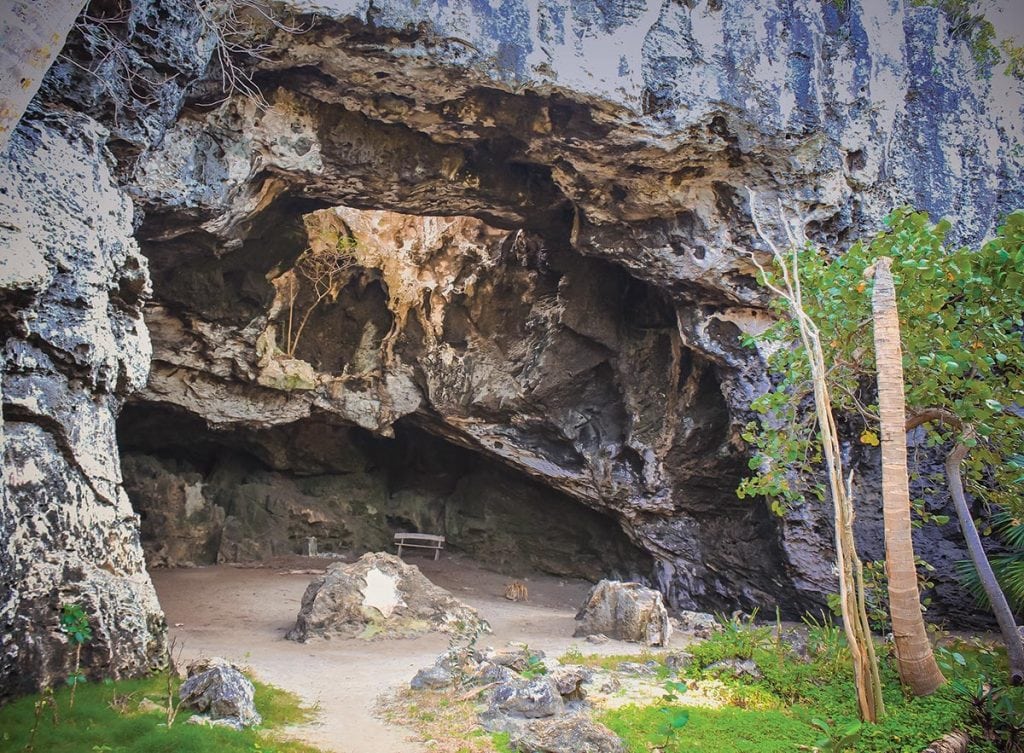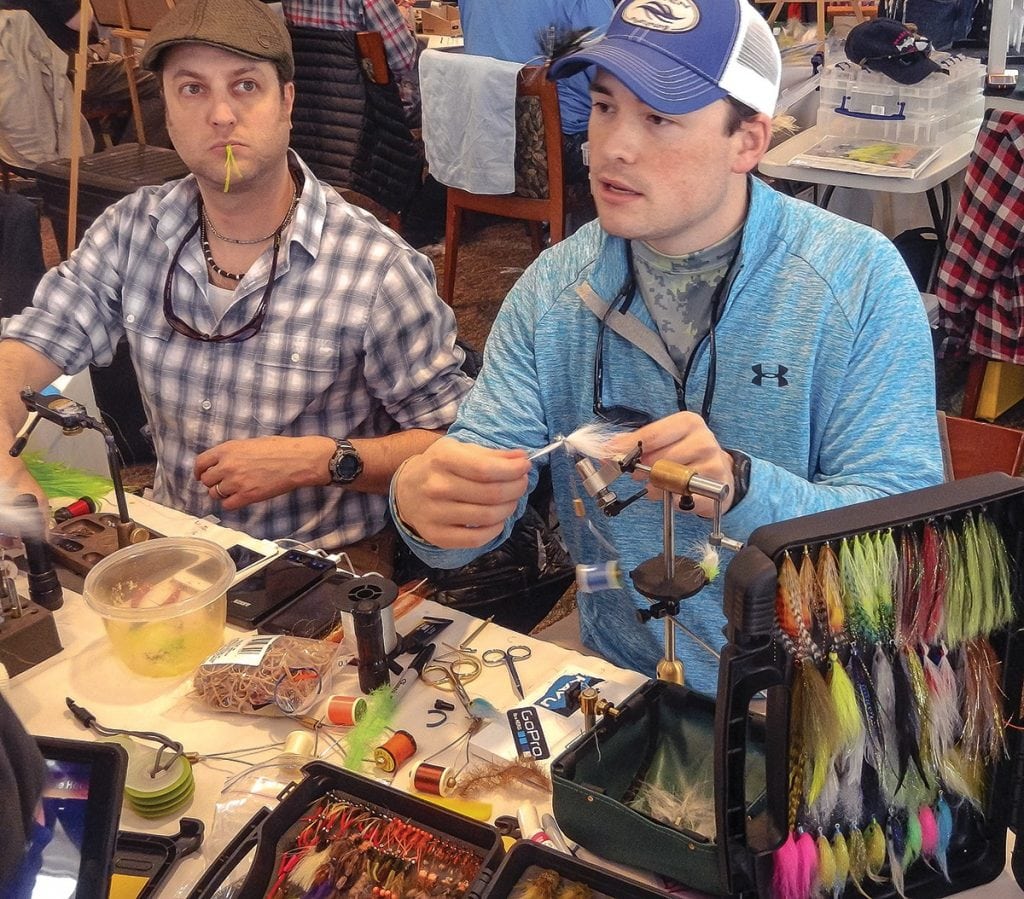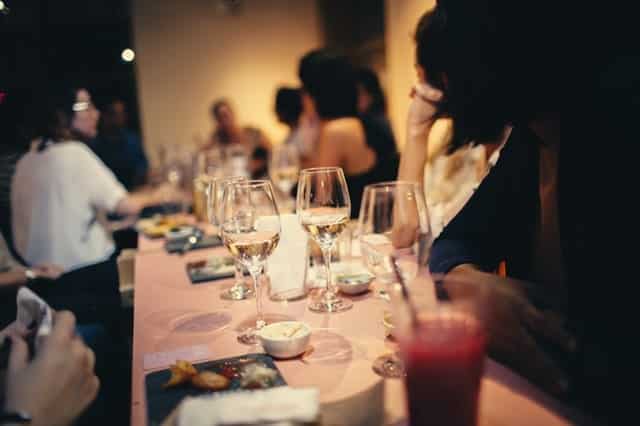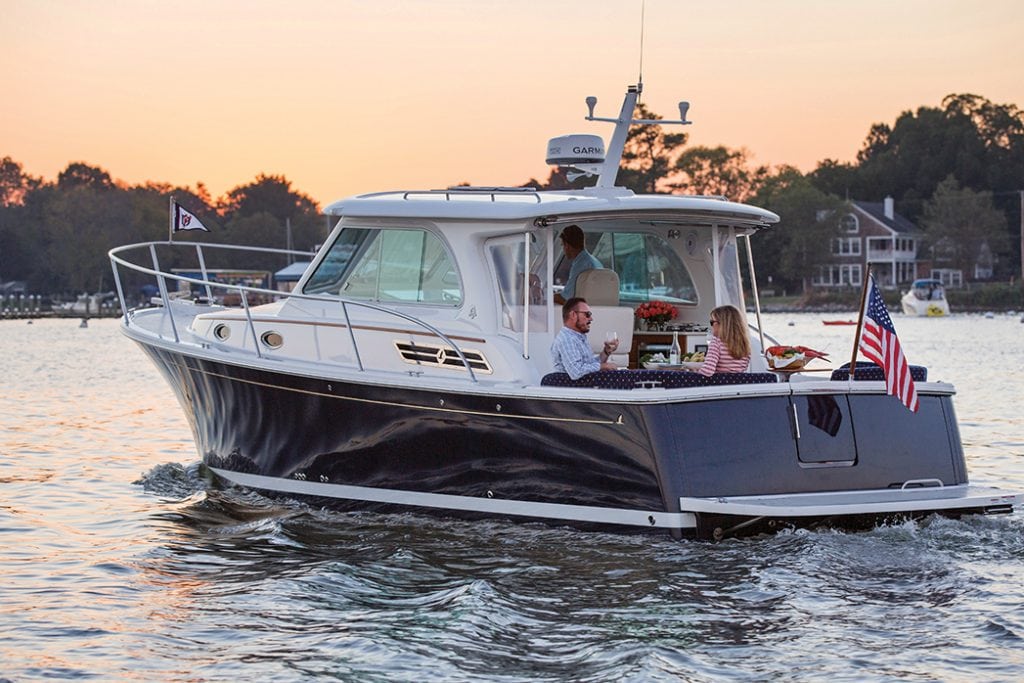Bahamian history buffs must visit Preacher’s Cave in North Eleuthera. Standing inside the cave leads you to imagine the Eleutheran Adventurers who were shipwrecked on the Devil’s Backbone in 1648 and suffered through their early years with few supplies in a location where agriculture and raising livestock were a major challenge. The Adventurers built the first permanent settlements in The Bahamas. They were tough, Christian souls whose descendants in Harbour Island, Spanish Wells and Governor’s Harbour have maintained their traditions of hard work and charity. Preacher’s Cave is in the portfolio of the Antiquities, Monuments & Museums Corporation and can be reached by paved road or by a short walk from the beach. For added knowledge, the most comprehensive history of The Bahamas is probably Islanders in the Stream by Michael Craton and Gail Saunders.
Safety Steps
Cruisers in The Bahamas—and in any foreign waters for that matter—should follow these precautions to ensure safety and peace of mind during your voyage:
• Keep your boat in a marina with good security or anchor near other boats.
• Keep your dinghy out of the water.
• Never walk more than one city block at night. Jitneys are okay in the day but taxis are necessary after dark.
• Stay out of local night clubs and bars. The large restaurants, hotels and casinos are safe.
• Teenagers and young adults should be especially careful because they are frequently targeted.
• Ask dockmasters and hotel managers for local advice.
New VAT Tax
The primary problem with the VAT tax is visceral (no one likes taxes) but the VAT tax is an honest attempt to make the tax system more efficient and ultimately more fair. In the past most government revenues have been from import duties and tourist taxes. The Bahamian government estimated that it was only collecting about 50 percent of import duties due to cheating, graft and cumbersome administration.
The VAT tax of 7.5 percent will be levied on almost all goods and services, but many import duties will be reduced to compensate for some of this new tax burden. Ultimately, Bahamian citizens and tourists will pay more tax, but the intention is to keep the increase low. Most businesses are properly set up to collect the VAT tax, but an adjustment period is expected.
When all is considered, The Bahamas is still a bargain. Most boats pay only $300 for a year of uninterrupted cruising, and most enter full of stores and fuel. Food is expensive but liquor is reasonable. Restaurants and marina prices are comparable to the United States and Canada, and anchoring is free. You are allowed a generous catch of fish, and, best of all, you are cruising in one of the most beautiful places in the world.

Great Harbour Cay Marina
Great Harbour Cay Marina may be the best hurricane marina in The Bahamas, as it is located in a hole within a pond. For a simple residence with an excellent place to keep a boat and access to some of the best all-around fishing in The Bahamas you would do well to make a visit. Or for more luxurious options, purchase or build on the magnificent eastern shore.
Great Harbour Cay Marina has recently received a facelift, and work is still in progress. The docks have freshly painted pilings, and the Dockmaster’s office and the restrooms have been refurbished. The Pool Bar & Grill is open every day for lunch and supper. The Beach Bar on the eastern beach is a reasonable walk by road and an easy walk across the old golf course. The bar has a spectacular view, which is complemented by excellent food and service. Expect a DJ with lively music on holidays and special occasions.
The old golf course is minimally maintained by a group of winter residents for golfers wanting some fun and exercise. You may have to tee up your ball on the fairways, but you can play your way down to the Beach Bar and back. Ask at the marina if there are any locals playing the course. They always love the company.
Osprey
These magnificent raptors are doing well and are another environmental success story. Tagging studies have proven that many of the birds are Bahamian residents but some migrate from as far as New England.
Anchoring
Most boats these days use solid chain (with a snubber to prevent noise and shock) with their anchors. Cruisers might consider using only two or three fathoms of chain and a nylon rode with their primary anchor. Everyone should be anchoring in clear sand where chafe is not a problem, and nylon line provides plenty of strength and cushion. There is a surprising amount of marine life in the sand. Chain and nylon will keep you safe and reduce your impact on the environment
By Stephen Connett, Southern Boating
March 2015













